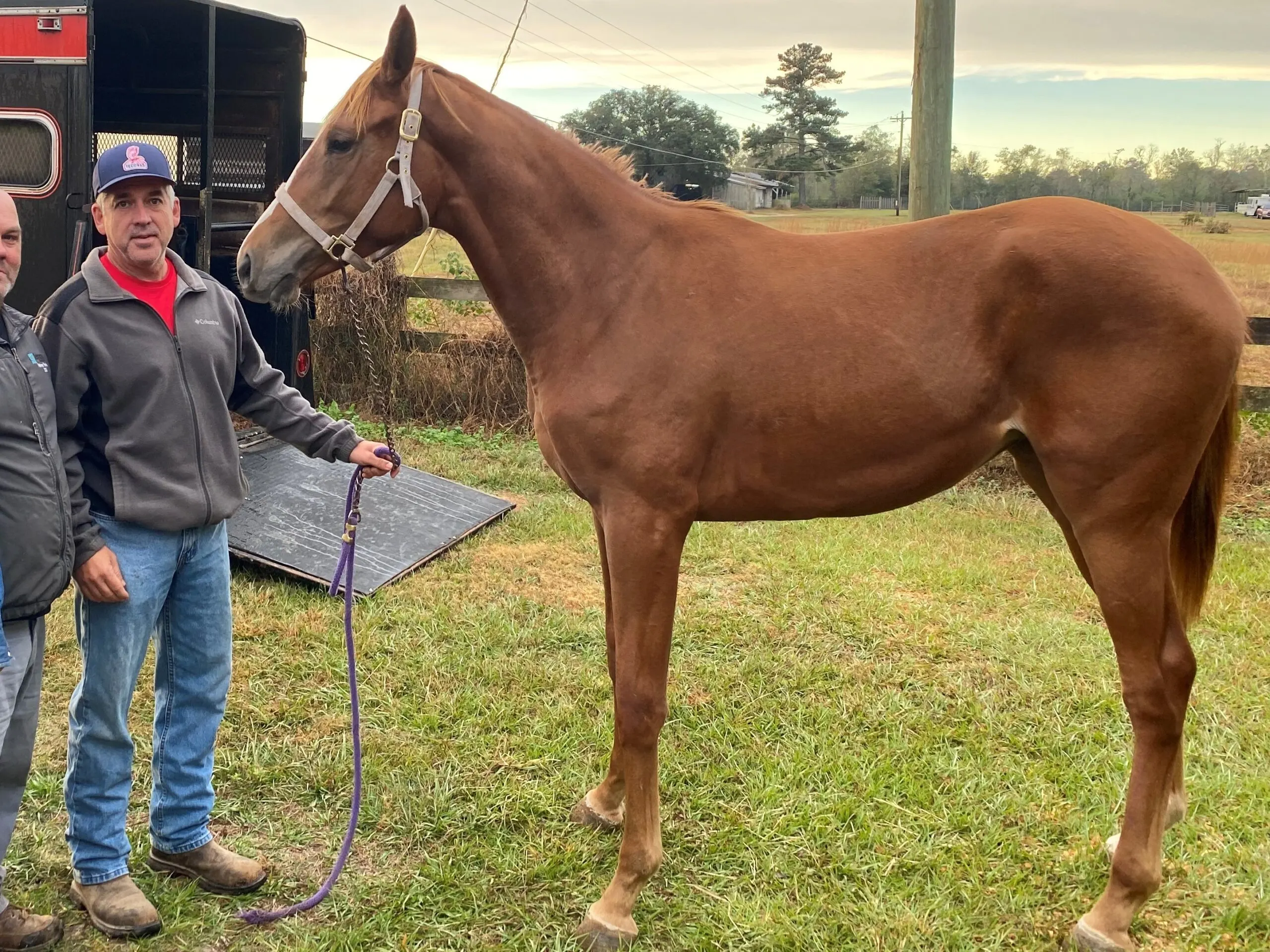Last updated: February 1, 2024
Did you know that the world is home to over 350 horse breeds, each with its unique characteristics and specialties? Choosing the right horse breed is crucial for meeting specific needs and preferences, whether for racing, dressage, or leisure riding.
As a lifelong horse enthusiast with over 25 years of experience in the industry, my journey from working with Thoroughbreds to Quarter horses has taught me the importance of selecting a breed based not only on its temperament and versatility but also on its health and suitability for the intended activity.
This article draws on both experience and research to highlight the best horse breeds, ensuring you make an informed decision.
Thoroughbred
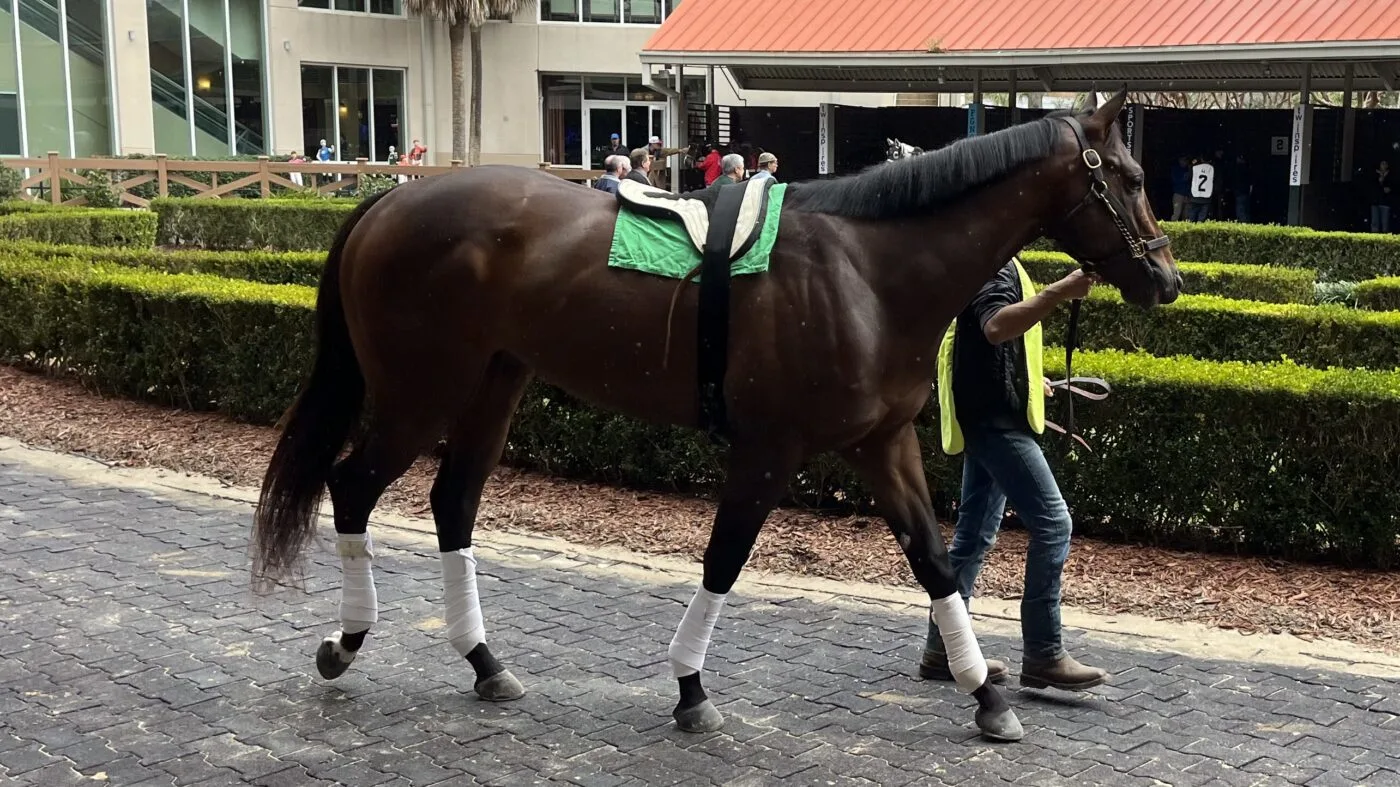
Characteristics:
- High-spirited and energetic
- Slim body, deep chest, and long legs
- Thoroughbreds are known for speed and agility.
Best Uses:
- Racing: Thoroughbreds dominate the horse racing world
- Show jumping: Competes successfully in jumping disciplines
- Eventing: Excels in combined training due to versatility
Why It’s a Top Choice for Racing:
- Unmatched speed and endurance
- Competitive spirit and heart
- Excellent responsiveness and agility
Arabian
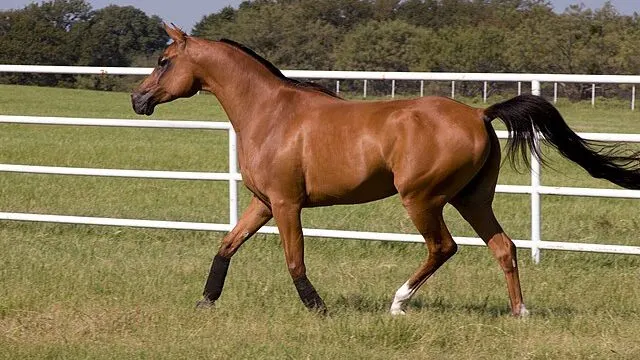
Characteristics:
- Renowned for their stamina and endurance.
- Highly intelligent and quick to learn.
- Distinctive head shape with a broad forehead, large eyes, and small muzzle.
Best Uses:
- Endurance Riding: Excellently suited for long-distance competitions.
- Competitive Trail Riding: Their stamina makes them ideal for challenging terrains.
- Pleasure Riding: Known for their gentle temperament, making them great companions.
Why It’s a Top Choice for Endurance Riding:
- Arabians have exceptional endurance capabilities and are able to maintain speed over long distances.
- Strong bond with riders, enhancing their performance in competitive settings.
- Versatile and adaptable, excelling in various disciplines beyond endurance riding.
Quarter Horse
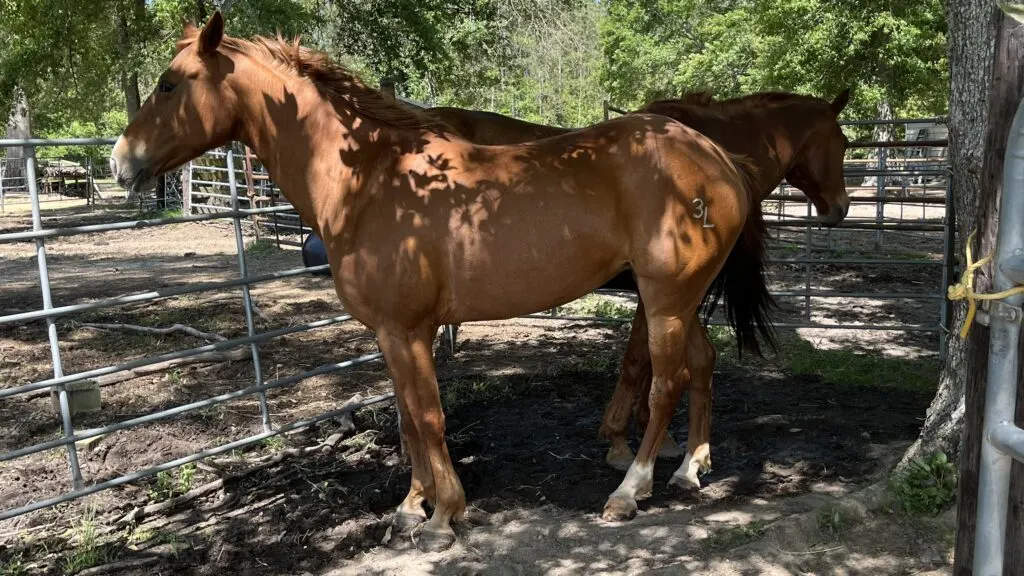
Characteristics:
- Known for their muscular build and compact body.
- Calm and even temperament, making them easy to train.
- Exceptional versatility, excelling in multiple equestrian disciplines.
Best Uses:
- Western Disciplines: Reigns supreme in rodeo events, reining, and cutting.
- Racing: Specifically excels in quarter-mile races, from which its name is derived.
- Recreational Riding: Their gentle nature makes them perfect for leisure and trail riding.
Why It’s a Top Choice for Various Equestrian Activities:
- Quarter horses have unmatched quickness and agility, especially over short distances.
- Friendly and cooperative, it is ideal for riders of all experience levels.
- Highly adaptable and capable of excelling in both competitive and recreational settings.
Irish Sport Horse

Characteristics:
- Known for their athleticism, courage, and good temperament.
- A mix of Irish Draught and Thoroughbred bloodlines contributes to their versatility and stamina.
- Typically exhibits a powerful build, with a strong neck and back, suitable for jumping and eventing.
Best Uses:
- Eventing: Excelling in the three disciplines of dressage, show jumping, and cross-country.
- Show Jumping: Their power and agility make them competitive at the highest levels.
- Hunting and Leisure Riding: Their calm demeanor and sturdiness make them suitable for a wide range of riders and activities.
Why It’s a Top Choice for Eventing:
- The Irish Sport Horse’s unique blend of speed, power, and endurance makes them particularly suited to the demands of eventing.
- Their intelligent and willing nature allows for excellent trainability, crucial for the precision and versatility required in eventing.
- Renowned for their bravery and reliability, making them a favorite among eventers for their ability to tackle challenging courses with confidence.
Andalusian

Characteristics:
- Known for their striking beauty, with a strong, compact body and an elegant head.
- Exhibits a proud yet docile temperament, making them both a joy and a challenge to train.
- Their movements are graceful and expressive, ideal for dressage.
Best Uses:
- Dressage: Their natural carriage and ability to perform complex movements shine in dressage arenas.
- Show: Andalusians have a commanding presence in the show ring, captivating audiences with their beauty and poise.
- Recreational Riding: Beyond competitions, they are also cherished for leisure riding due to their gentle nature.
Why It’s a Top Choice for Dressage:
- Their history is deeply intertwined with classical dressage, having been bred for centuries to excel in this discipline.
- The Andalusian’s athleticism allows for exceptional performance in the precise movements required in dressage.
- Their willingness to learn and work with a rider makes them ideal partners in achieving the high levels of communication and harmony demanded in dressage.
Morgan
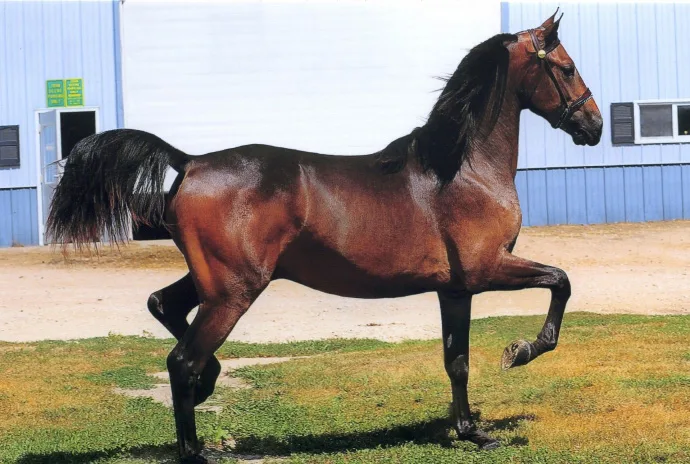
Characteristics:
- Compact, muscular build with a refined head and expressive eyes.
- Known for their versatility, strength, and endurance.
- Friendly and easy-going temperament, making them excellent for families.
Best Uses:
- All-around utility: Adaptable to various disciplines from riding to driving.
- Competitive disciplines: Excel in dressage, jumping, and western events.
- Recreational riding: Their gentle nature makes them perfect for pleasure and trail riding.
Why It’s a Top Choice for All-Around Utility:
- Morgans are highly adaptable, capable of excelling in a wide range of equestrian activities.
- Their friendly nature and willingness to work strengthen the bond with their riders, enhancing their performance.
- Historical significance as one of the earliest horse breeds developed in the United States, contributing to their popularity and widespread use in various disciplines.
Appaloosa

Characteristics:
- Known for their distinctive, spotted coat patterns.
- Hardy and versatile with a strong, muscular build.
- Intelligent and independent, yet friendly and trainable.
Best Uses:
- Western Disciplines: Excelling in cutting, reining, and roping due to agility and strength.
- Trail Riding: Their hardiness and sure-footedness make them reliable companions.
- Show Ring: Stand out in appearance classes and versatility competitions.
Why It’s a Top Choice for Western Disciplines:
- The Appaloosa’s agility and power make it a favorite in the fast-paced world of Western riding.
- Their unique coat patterns not only catch the eye but also symbolize the breed’s rich heritage, adding to their appeal in shows.
- Known for their versatility, Appaloosas can transition seamlessly between competitive events and recreational riding, showcasing their adaptability and strong work ethic.
Clydesdale

Characteristics:
- Majestic stature with impressive strength and large, feathered hooves.
- Gentle and friendly temperament, despite their large size.
- Recognizable by their bay color, white blaze, and extensive feathering.
Best Uses:
- Work: Ideal for farming, logging, and other heavy-duty tasks due to their immense strength.
- Performance: Often seen in parades and shows, showcasing their elegance and disciplined nature.
- Riding: Suitable for larger riders, offering a gentle and steady ride.
Why It’s a Top Choice for Work and Performance:
- The Clydesdale’s remarkable strength allows them to perform heavy-duty tasks with ease, making them invaluable in work settings.
- Their calm and gentle nature makes them excellent performers, able to participate in parades and public events without being easily spooked.
- Despite their size, Clydesdales are known for their grace and agility, traits that are showcased in performance and riding disciplines, highlighting their versatility beyond traditional work roles.
Friesian
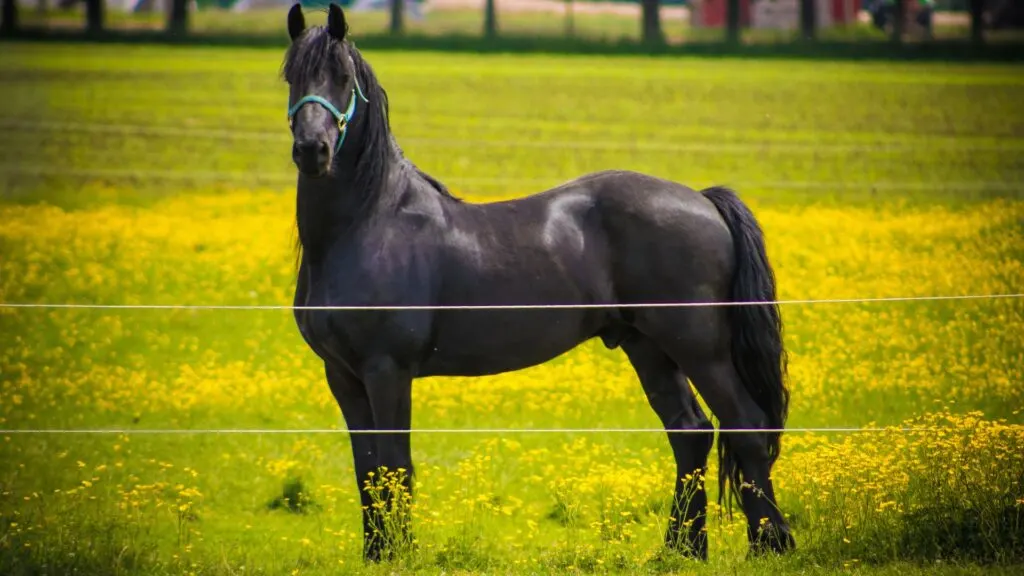
Characteristics:
- Majestic appearance with a striking black coat, long mane, and tail.
- Known for their grace, power, and agile movement.
- Strong, muscular build yet with an elegant and smooth gait.
Best Uses:
- Dressage: Their natural elegance and powerful movement make them excellent for classical and competitive dressage.
- Driving: Excelling in both competitive driving and leisure carriage rides due to their strength and temperament.
- Historical and Ceremonial Roles: Often used in movies, parades, and ceremonies for their striking appearance and demeanor.
Why It’s a Top Choice for Dressage and Driving:
- The Friesian breed combines strength with elegance, making them standout performers in dressage arenas with their expressive gaits and presence.
- Their calm and willing temperament, coupled with the capacity for powerful, controlled movement, makes them ideal for the precision required in driving disciplines.
- The breed’s rich history as war horses and status symbols in the Middle Ages contributes to their commanding presence, making them favorites for historical reenactments and ceremonial roles.
American Paint Horse
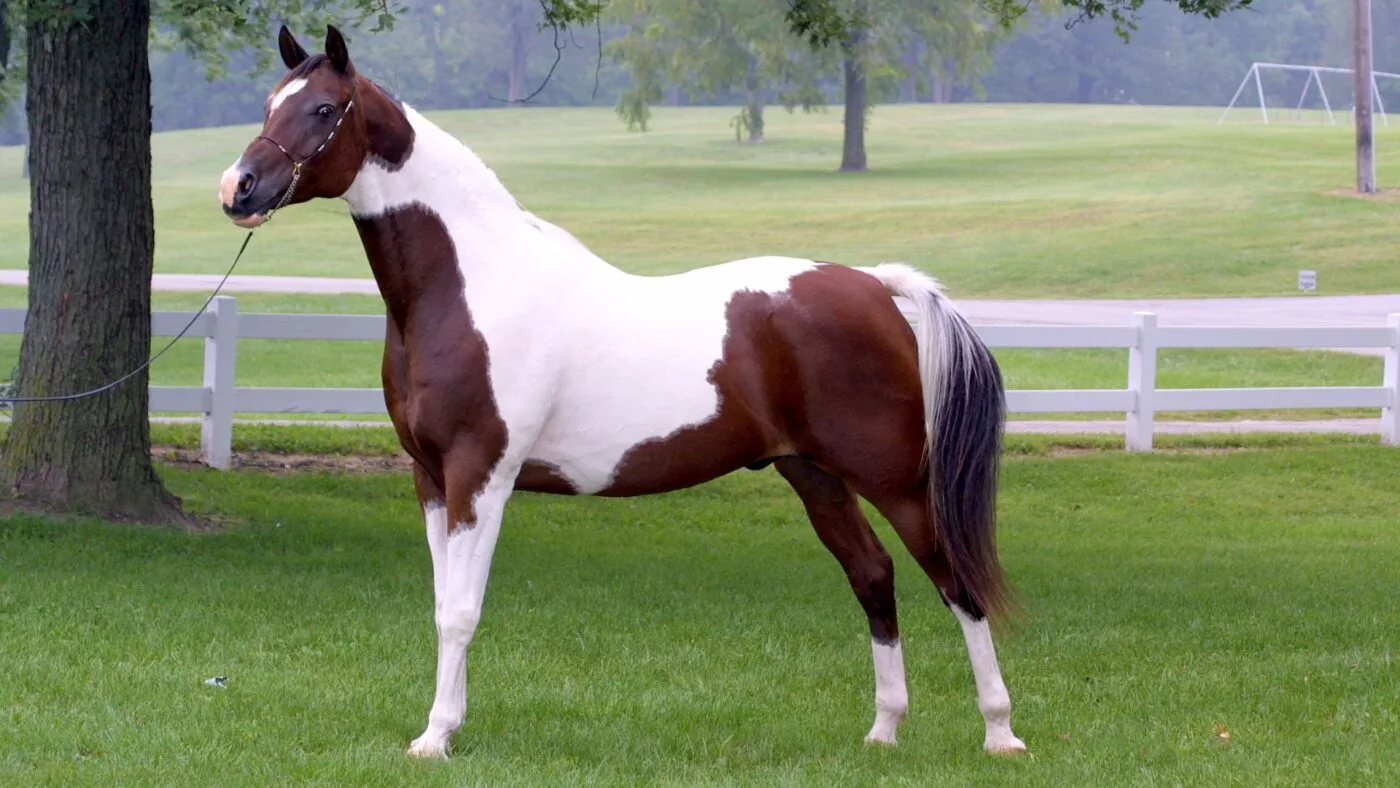
Characteristics:
- Notable for their colorful coat patterns, including tobiano, overo, and tovero.
- Combines the conformational characteristics of the western stock horse with a pinto spotting pattern.
- Known for their intelligence, calm temperament, and versatility.
Best Uses:
- Western Disciplines: Ideal for rodeo events, western riding, and trail competition due to their agility and strength.
- Show Ring: Their striking appearance and versatility make them standouts in halter and performance classes.
- Recreational Riding: Suitable for all levels of riders, including beginners, because of their gentle nature.
Why It’s a Top Choice in the US:
- The American Paint Horse is one of the most popular breeds in the United States, celebrated for its friendly disposition and striking appearance.
- Their versatility makes them suitable for a wide range of activities, from competitive sports to leisure riding, appealing to a broad audience.
- The breed’s intelligence and willingness to learn make training enjoyable and effective, fostering a strong bond between horse and rider.
Choosing the Right Horse Breed
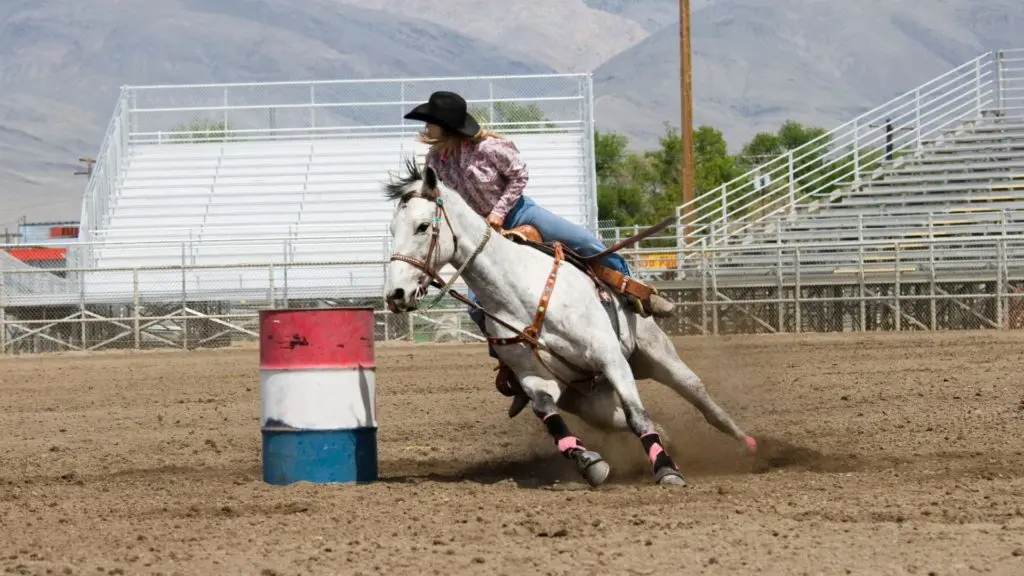
Selecting the perfect horse breed involves more than just admiring their beauty or athleticism; it requires thoughtful consideration of several key factors to ensure the best match between horse and rider. Here are some essential aspects to ponder:
Temperament:
- Compatibility: Look for a breed whose natural temperament matches your riding style and experience level. For instance, beginners might prefer a breed known for its calm and forgiving nature, such as the Morgan or the Quarter Horse.
- Personality: Consider whether you’re looking for a horse that’s more independent and spirited, like the Arabian, or one that’s gentle and easygoing, such as the Clydesdale.
Activity Level:
- Discipline Suitability: Match the horse’s energy and agility to your preferred equestrian activities. Breeds like the Thoroughbred and Warmblood excel in high-energy disciplines like racing and show jumping, while the Appaloosa and American Paint Horse are more suited to Western events and trail riding.
- Endurance: If long-distance riding is your passion, breeds known for their stamina, such as the Arabian and the Andalusian, might be the best fit.
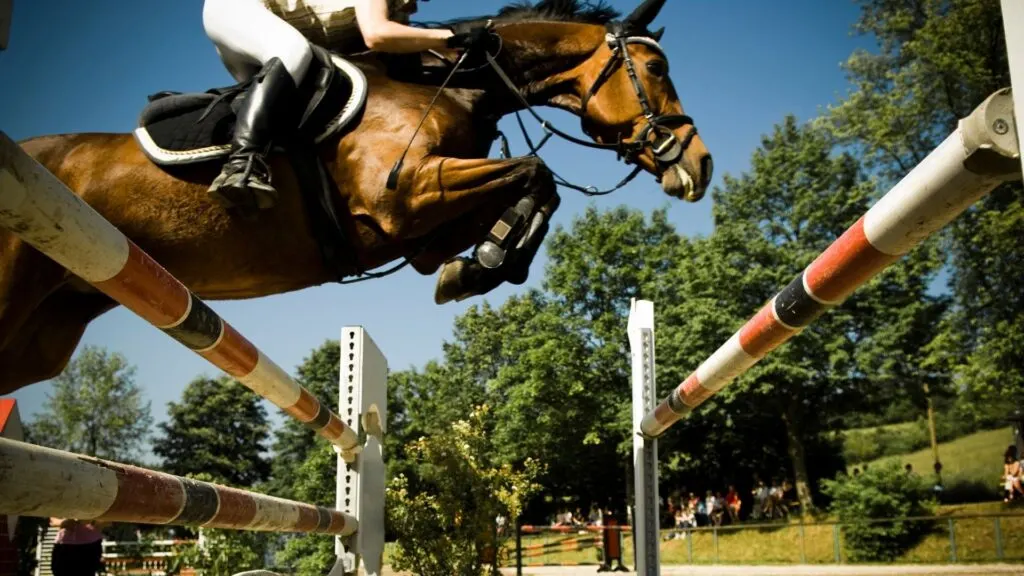
Care Needs:
- Maintenance: Some breeds require more grooming and care, especially those with unique coat patterns or needs, like the Friesian and the Appaloosa. Consider whether you have the time and resources to meet these needs.
- Health Considerations: Be aware of any breed-specific health issues and ensure you’re prepared to manage them. Consulting with a veterinarian familiar with the breed can provide valuable insights.
Size and Strength:
- Physical Compatibility: Ensure the horse’s size and strength are appropriate for your intended use, whether it’s riding, driving, or performance. Larger breeds like the Clydesdale and Friesian are strong and can carry more weight, making them suitable for a variety of disciplines, including driving and therapeutic riding.
- Living Space: Consider the amount of space you have available. Larger breeds may require more room to roam and exercise, as well as larger stabling facilities.
Choosing the right horse breed is a significant decision that can lead to a rewarding partnership. Take your time to research, visit various breeds in person, and consult with experienced horse owners and professionals.
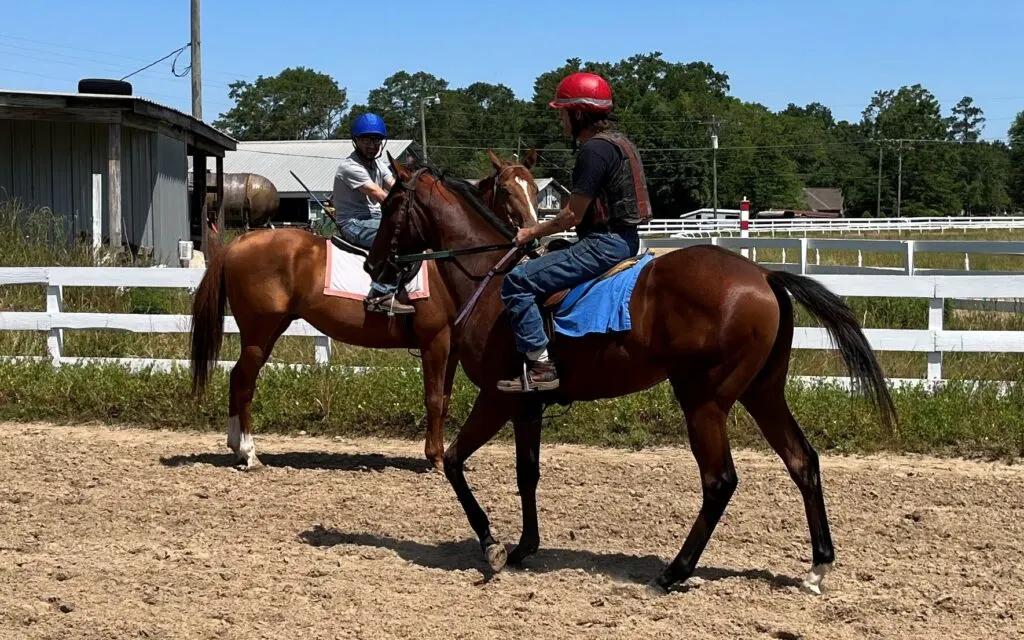
FAQs About the Best Horse Breeds.
Which horse breeds are best suited for beginners?
For beginner riders, breeds like the American Quarter Horse and the Morgan are recommended due to their generally calm temperament and forgiving nature. These breeds are known for their patience and ease of handling, making them ideal for novice riders.
What are the general care requirements for horses?
Basic care requirements include regular feeding with a balanced diet, daily exercise, routine veterinary check-ups, and proper grooming. Specific care can vary based on the breed; for instance, Thoroughbreds may require more joint care, while Arabians need efficient dietary management.
How much does it typically cost to own a horse?
The cost of owning a horse can vary widely depending on the breed, location, and level of care. Initial purchase prices range from a few thousand dollars to tens of thousands. Ongoing costs include food, boarding, healthcare, and equipment, which can average around $2,000 to $4,000 annually.
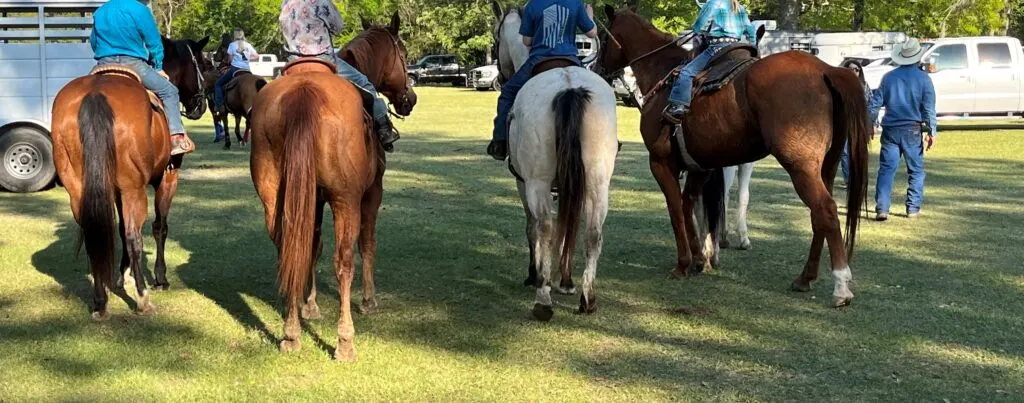
Conclusion
Choosing the right horse breed is a significant decision that can greatly impact both the rider’s and the horse’s quality of life. Each breed offers unique characteristics and capabilities, making it essential to align your choice with your personal needs, preferences, and lifestyle. We encourage you to delve deeper into research, consult with professionals, and interact with various breeds to truly understand what each can offer.
Call to Action: Start your journey today by visiting local stables, attending breed shows, and connecting with breed associations to experience the beauty and diversity of these magnificent animals firsthand.
Additional Resources:
- American Quarter Horse Association (AQHA)
- United States Dressage Federation (USDF)
- American Paint Horse Association (APHA)
These resources provide valuable information on specific breeds, care tips, and ways to get involved in the equestrian community. Your perfect horse companion awaits, and with the right knowledge and preparation, you’re sure to find a breed that complements your equestrian aspirations.
Poll Question
To further engage our community, let’s take a quick poll:
Your responses will help us understand our reader’s interests.
Meet Miles Henry
An avid equestrian and seasoned racehorse owner, Miles Henry brings his extensive experience to the equine world, proudly associating with the AQHA, The Jockey Club, and various other equine organizations. Beyond the racetrack, Miles is an accomplished author, having published various books about horses, and is a recognized authority in the field, with his work cited in multiple publications.
🔗 Connect with Miles:
Twitter
Facebook
YouTube: Check out race highlights, horse care tips, and more!

